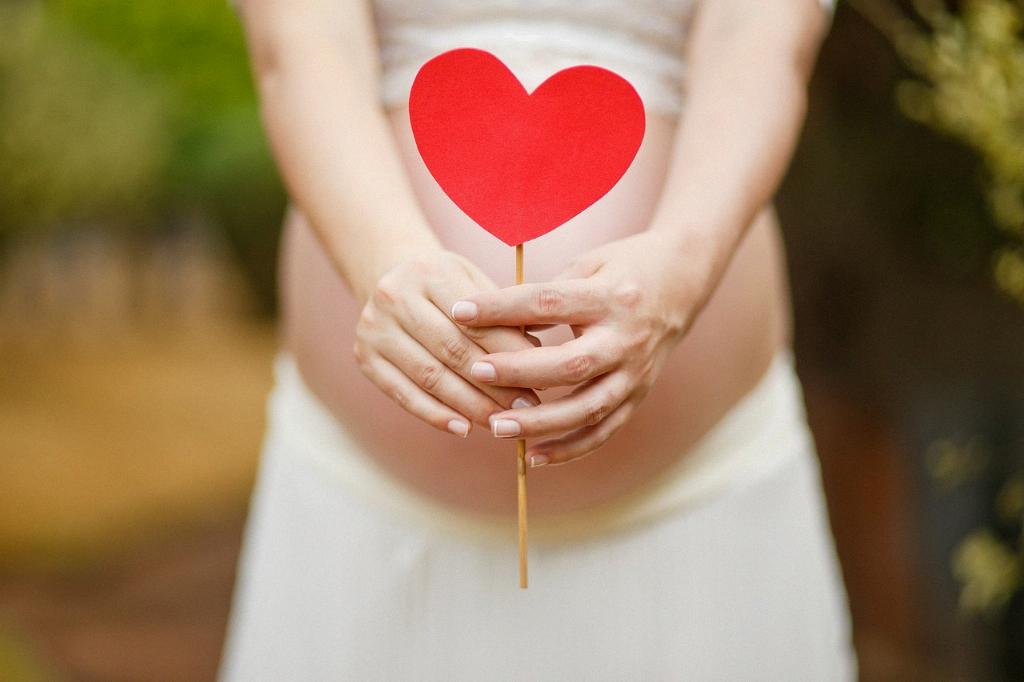When we talk about the odds of a tubal pregnancy, also known as an ectopic pregnancy, we are delving into a topic that holds significant importance for women of childbearing age. The incidence of ectopic pregnancies can vary, but it is reported to account for around 1-2% of all pregnancies – making it a condition that demands our attention and understanding.
Factors Influencing the Odds
Several factors come into play when considering the likelihood of a tubal pregnancy. One of the primary factors is the health and condition of the fallopian tubes. If there is any damage or blockage in the fallopian tubes, the risk of an ectopic pregnancy increases.
Previous Pregnancy History
Women who have a history of previous ectopic pregnancies are at a higher risk of experiencing another tubal pregnancy. This recurrence factor underscores the importance of monitoring and managing the reproductive health of women who have had ectopic pregnancies in the past.
Age and Fertility
Age can also play a role in determining the odds of a tubal pregnancy. Women above the age of 35 may have a higher likelihood of experiencing an ectopic pregnancy, as fertility decreases with age and the risk of complications in pregnancy, including ectopic pregnancy, may increase.
Contraceptive Methods
The type of contraceptive method used can also influence the odds of a tubal pregnancy. For example, women who conceive while using an intrauterine device (IUD) for birth control may have a higher risk of ectopic pregnancy compared to those using other forms of contraception.
Medical Conditions and Treatments
Women with certain medical conditions, such as pelvic inflammatory disease (PID) or endometriosis, may have an increased risk of ectopic pregnancy. Additionally, certain fertility treatments, such as in vitro fertilization (IVF), can also impact the odds of a tubal pregnancy.
Recognizing Symptoms and Seeking Prompt Care
It is essential for women to be aware of the symptoms of a tubal pregnancy, which may include abdominal pain, vaginal bleeding, and shoulder pain. If any of these symptoms are experienced, seeking prompt medical attention is crucial to prevent complications.
Diagnosis and Treatment Options
Diagnosing a tubal pregnancy typically involves a combination of blood tests, ultrasound imaging, and physical examinations. Treatment options may vary depending on the gestational age and overall health of the patient, with approaches ranging from medication to surgical intervention.
Emotional Impact and Support
Experiencing a tubal pregnancy can have a significant emotional impact on women and their partners. Seeking support from healthcare providers, counselors, or support groups can help in coping with the physical and emotional aspects of such a challenging experience.
Prevention and Reproductive Health
Understanding the odds of a tubal pregnancy underscores the importance of prioritizing reproductive health and seeking regular check-ups with healthcare providers. Taking preventive measures, such as practicing safe sex and avoiding risk factors, can contribute to reducing the likelihood of ectopic pregnancies.
Conclusion: Navigating the Complexities
In conclusion, exploring the odds of a tubal pregnancy involves considering a range of factors that can influence the likelihood of this condition. By staying informed, proactive, and attentive to reproductive health, individuals can navigate the complexities of ectopic pregnancies with greater awareness and preparedness.

